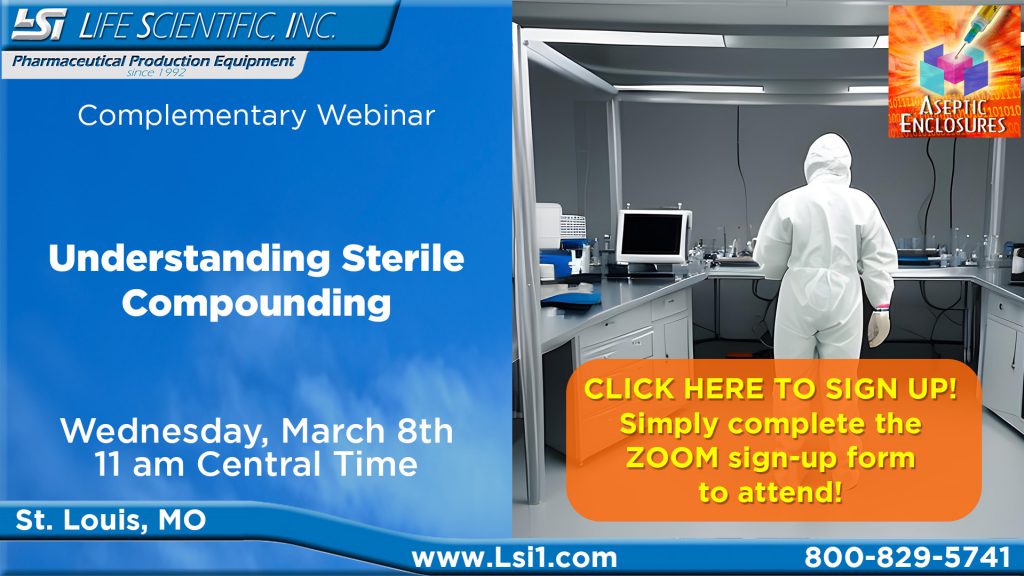Pharmacies around The United States are in various stages of planning and implementing facility and operational changes to meet the requirements of USP 800. The mile markers are slipping by, but wherever you are on the road to compliance, we helped out by listing the 3 most important steps in achieving USP Compliance.
First, you need to understand What is USP 800 and does it apply to your pharmacy?
Aimed at improving employee and patient safety, environmental protection, and drug quality, USP 800 was approved by the US Pharmacopeial Convention in 2016 to establish practice and quality requirements for the handling and preparation of hazardous drugs. USP 800 defines handling as any of the following: receiving, storing, dispensing, compounding, and disposing of hazardous drugs. Even if you do not compound hazardous drugs, USP 800 regulates how you receive, store, and dispense them. Compliance will be mandatory December 1, 2019.
The changes to regulations will affect USP 797. In addition to moving hazardous drug handling to USP 800, USP 797 will also recategorize and consolidate the current CSP microbial risk categories of low, medium, and high risk into risk categories 1 and 2. Category 1 drugs have a shorter beyond use date (BUD) and may be prepared in a segregating compounding area. Category 2 drugs have a longer BUD and must be prepared in a clean room environment.
What is GAP analysis and How can a gap analysis help me?
A gap analysis provides a clear road map and demystifies the process for responding to recent and upcoming regulatory changes. Its structured approach for reviewing your existing pharmacy and documenting deficiencies as they may apply to USP 797 and USP 800 is the best way to set a baseline against the new regulations.
A thorough gap analysis addresses the physical environment, clinical processes, and hazardous materials management. The team conducting this process should include your facilities director, an architect, engineers, and pharmacy staff. Including a pharmacy consultant may be beneficial, depending on the expertise level of your staff.
A final gap analysis report includes a facility compliance document detailing probable future considerations as well as ratings (poor, fair, or compliant) for existing system components. The report includes recommended solutions for identified deficiencies and order of magnitude costs for addressing them. You may be able to address certain deficiencies through operational changes, an economical way to overcome financial constraints and reduce the level of renovations required.
How do I keep my pharmacy in operation during construction?
You have a number of approaches available. The quickest and arguably least expensive approach is to build a new pharmacy in a new location. But this process usually requires new building permits and additional administrative clearances, which may take a while to acquire.
Alternatively, you can renovate your existing pharmacy in place, a more complex approach requiring multiple phases and piecemeal construction. Renovation adds a substantial premium to the cost of the project, but in space-poor facilities, it may be the only option. But the major setback with renovations is the downtime and the fact that you have to close down your facility for quite some time.
One of our solutions includes operating out of a temporary pharmacy by getting our Mobile Compounding Cleanroom (MCC) and parking our plug and play mobile pharmacy trailer onsite.
Get in touch with us now and inquire about our available Mobile Compounding Centers 800.418.9289

